All products featured are independently chosen by us. However, SoundGuys may receive a commission on orders placed through its retail links. See our ethics statement.
Most premium headphones and earbuds get this one thing wrong
October 23, 2025
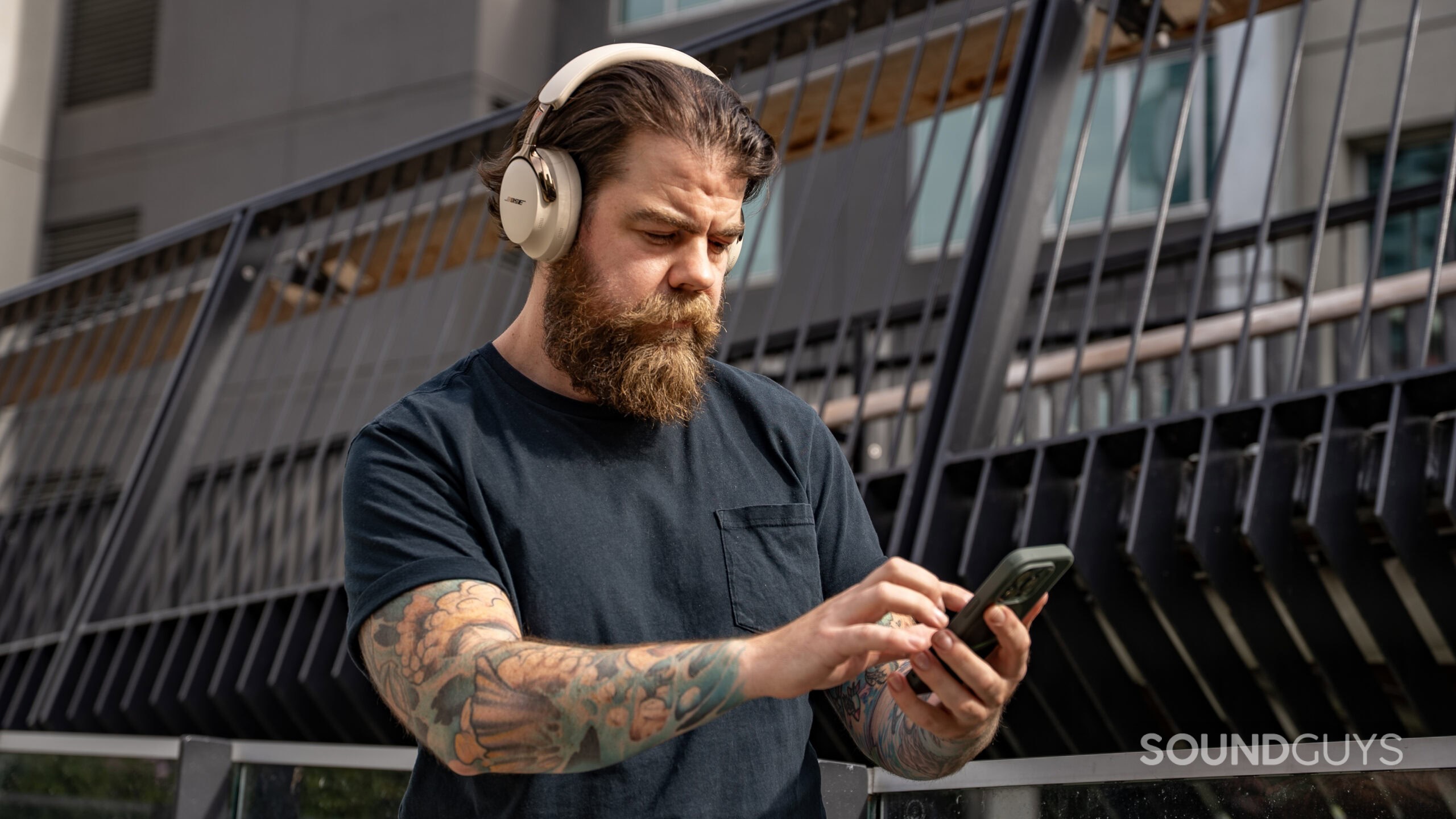
When you’re spending hundreds of dollars on headphones or earbuds, you expect great audio — and in an ideal world, full control over your own listening experience. The reality is that many premium models still fall short. Some brands offer detailed EQ tools that let you shape the audio to match your preferences. Others, including Bose, Sonos, and the most guilty of all, Apple, barely give you any options at all.
And even if you’re shelling out $500 for a pair of top-tier ANC headphones, you still might not get a proper EQ. That’s a problem, because no matter how good the default sound is, it won’t suit everyone. Sound is subjective. Customization shouldn’t be a bonus feature — it should be standard.
Do you expect full EQ control in high-end headphone apps?
When everyone has an app, yours needs to stand out
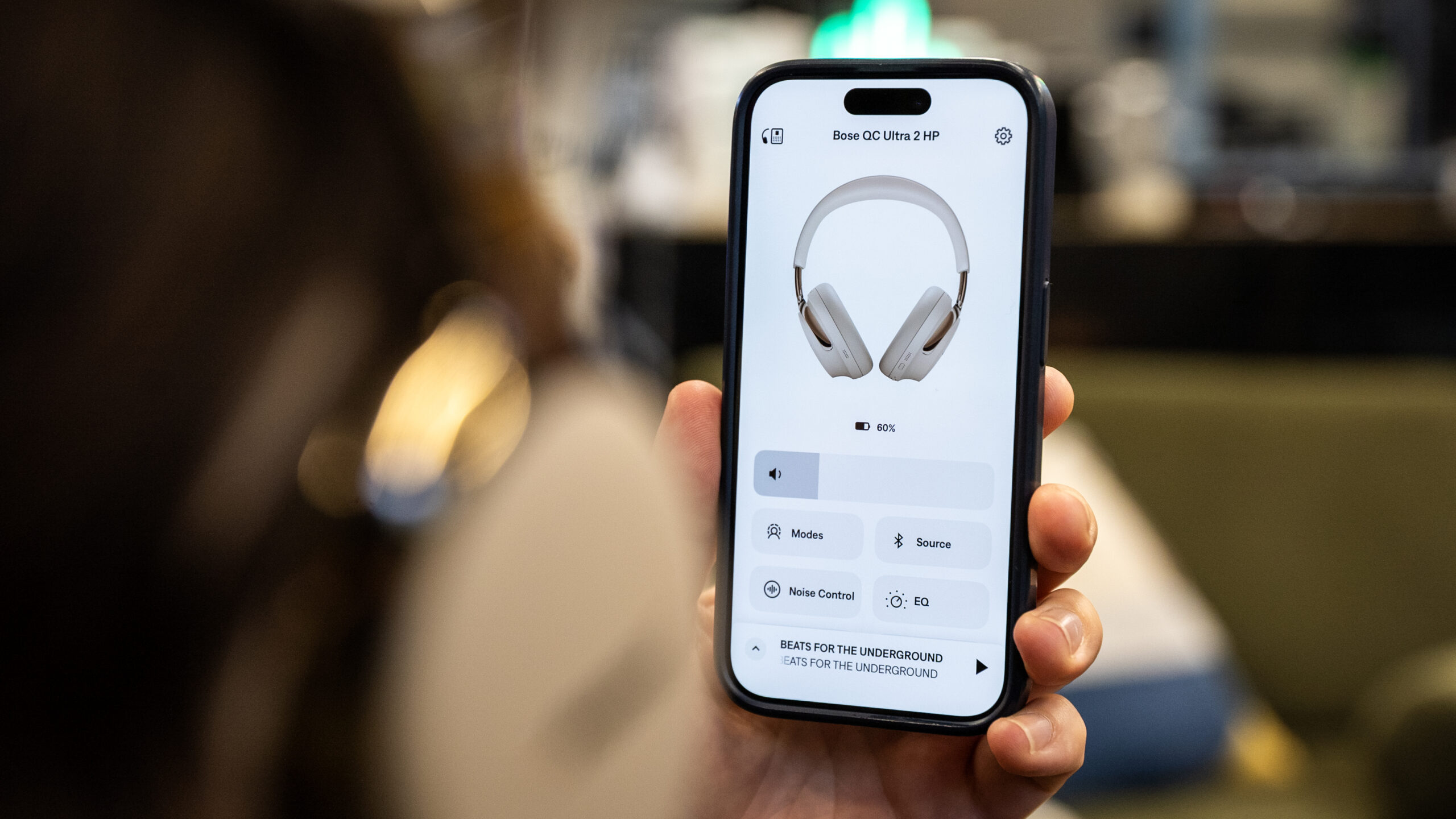
Headphones and earbuds aren’t just plug-and-play devices anymore. These days, they come packed with features, many of which are only accessible through a companion app. Whether you’re adjusting your ANC or Transparency levels, customizing gesture controls, updating firmware, or fine-tuning the sound, the app is where it all happens.
If I’m spending $300, $400, or more, the app shouldn’t feel like an afterthought — especially when it’s the only way to access features I paid for. Sometimes, some of these apps seem more focused on promoting the rest of the product line than helping me enjoy what I already bought. But what I find more frustrating is that many premium headphone apps barely allow me to tweak anything, especially the sound.
What makes a great EQ?
A good EQ should let you shape your sound exactly how you like it, whether you’re after subtle changes or full-on audiophile surgery. Some folks just want a little more bass. Others want to tame a shrill treble spike at exactly 7kHz. A great app can handle both.
Ideally, you get a basic graphic EQ with presets anyone can use, plus a parametric EQ for fine-tuning individual frequencies. The Nothing X app nails this. It gives you a clean, beginner-friendly view and a full parametric mode for advanced control. You can save your presets and switch between them without jumping through hoops.
Sony’s Headphones Connect app also deserves credit while connected to the WH-1000XM6. It gives you a 10-band graphic EQ, which is plenty for most people. It also adds a separate “Clear Bass” slider that adjusts sub-bass without muddying the rest of the sound. You can’t go fully parametric, but it’s still powerful enough to make the headphones sound more like you want them to.
The bottom line is this. If you’re taking the time to adjust your EQ, the app should reward that effort with real control — not vague labels like “bass boost” and “treble reducer.” Looking at you, Bose.
Where premium brands fall flat
You’d think paying more for headphones would mean getting more control. But that’s not always the case. Some of the most expensive models offer the least customization.
Bose is a prime example. The QuietComfort Ultra headphones and earbuds give you just three EQ bands: Bass, Mids, and Treble. That’s it. There’s no way to adjust specific problem areas or shape the sound beyond those broad categories.
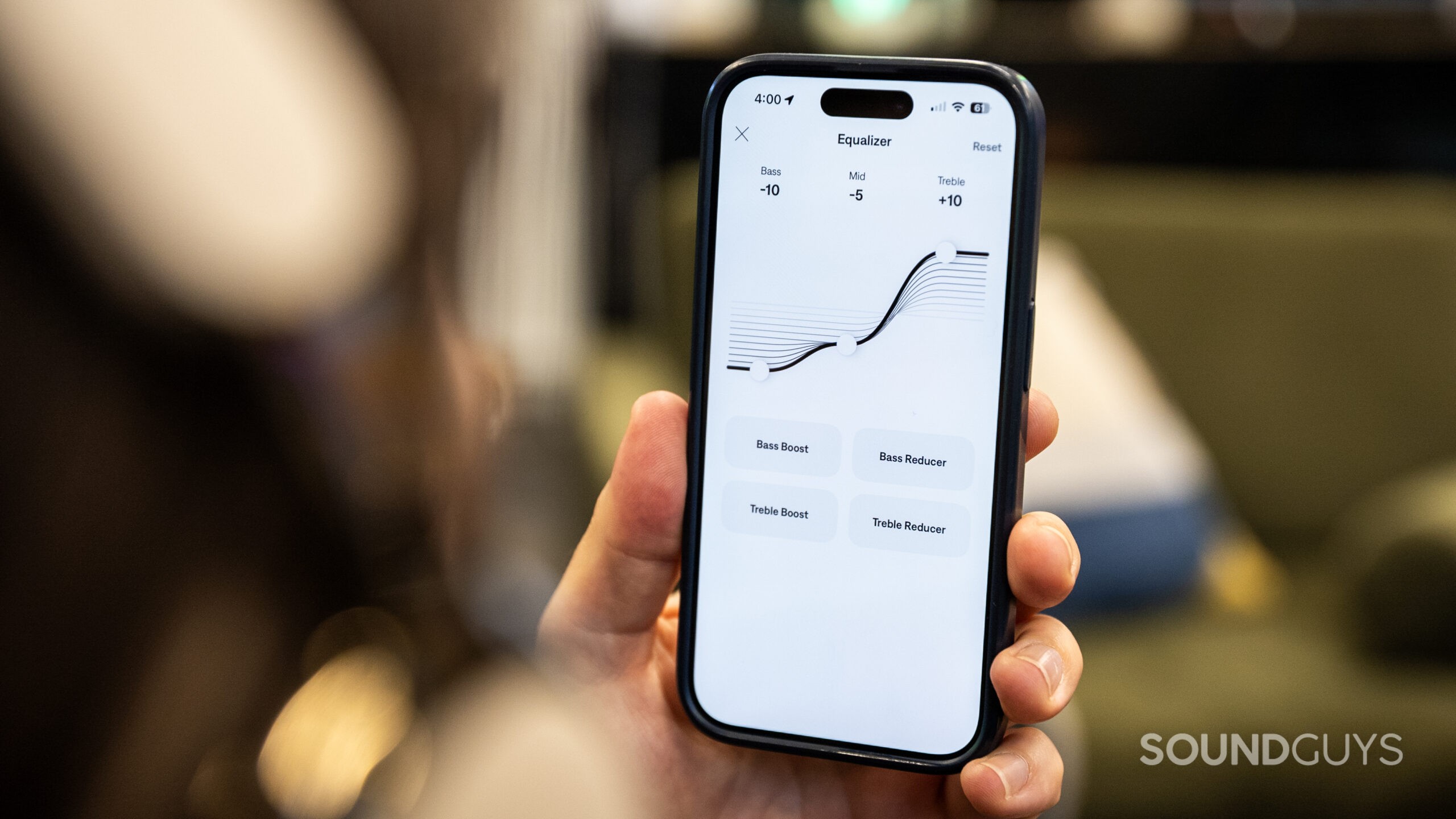
Then there’s Apple. If you own AirPods Max or AirPods Pro 3, there’s no built-in EQ at all. You can’t tweak anything from the AirPods settings menu. While iOS offers “Headphone Accommodations” under Accessibility settings, these aren’t EQ tools in the traditional sense. They’re limited presets aimed at improving clarity or balance, primarily for accessibility — not for sound customization. You can’t fine-tune specific frequency bands like you can with a proper EQ.
What’s even more embarrassing is that brands like Soundcore and EarFun are doing better, and their products cost a fraction of the price. The Soundcore Liberty 4 and Liberty 5 Pro offer a full 8-band EQ, along with HearID sound personalization. The EarFun Air Pro 4 features a 10-band EQ directly within the app. These are sub-$130 earbuds doing what Bose and Apple don’t even attempt at twice the cost. This kind of limitation would be frustrating on a $100 pair of earbuds. On a $550 flagship product, it’s just lazy.
Premium price should mean full control
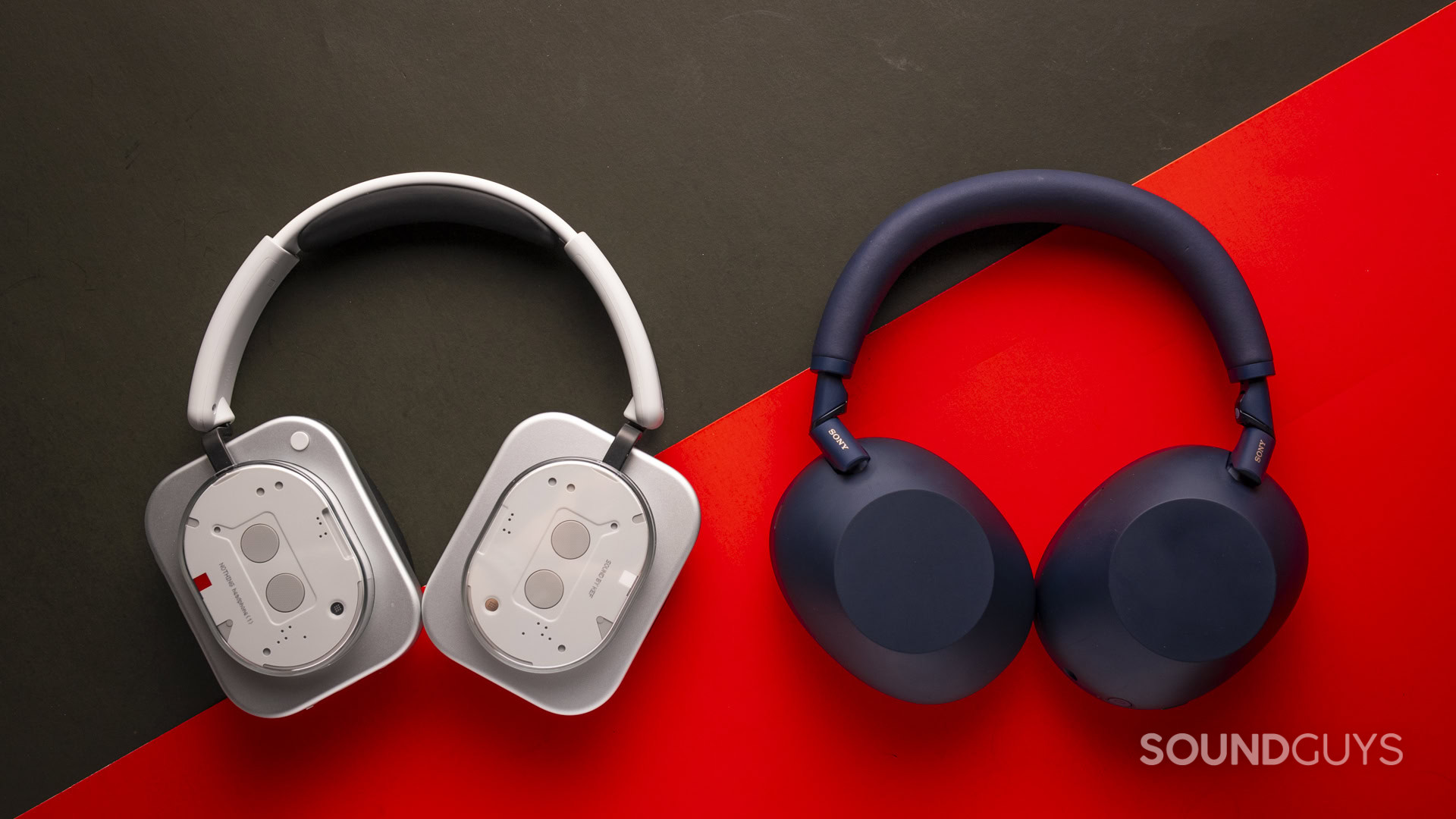
When you buy high-end headphones, you’re not just paying for sound quality. You’re paying for the ability to make them yours. That means more than picking a color or switching out ear tips. It means being able to adjust the sound to match how you actually hear things.
Everyone hears a little differently. Some people are more sensitive to treble. Others want more bass. You might have mild hearing loss in one ear or just prefer a different sound depending on the kind of music you listen to. A good EQ lets you shape the sound to fit your needs. It’s not about chasing some perfect studio curve. It’s about giving you control.
That’s what makes it so frustrating when companies leave this out. At these prices, you shouldn’t be stuck with whatever tuning the engineers thought sounded best. You should be able to make your expensive headphones sound the way you want, not the way someone else decided they should.
What the ideal headphone app should include
First, give me a proper parametric equalizer with at least five adjustable bands. That lets me target specific frequencies and dial in exactly what you want. Then add a simpler graphic EQ or a set of easy sliders for people who just want more bass or clearer vocals.
A great app doesn’t just tweak the sound, it hands over the controls. EQ is just the start
Next, let me save and name custom presets. Better yet, let me share them. The Nothing X app already lets you do this with a QR code — it’s fast, it works, and it should be the norm. Additionally, make any EQ changes take effect in real-time, so I don’t have to hit “apply,” disconnect, or restart the music just to hear the difference. And of course, please make sure the app works the same on Android and iOS.
Final thoughts
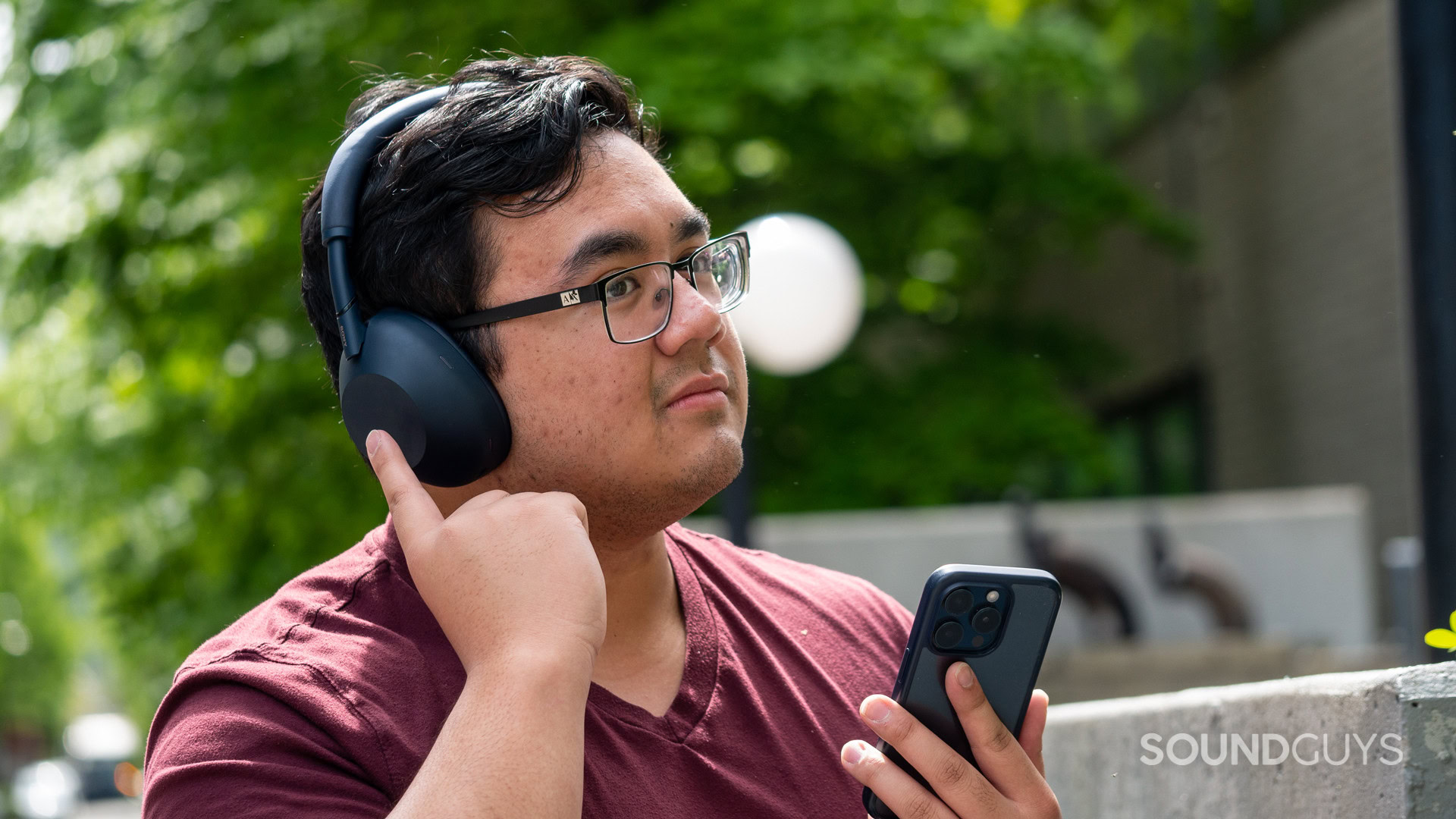
The best headphones are not just about drivers, codecs, or fancy materials. They’re about giving you the ability to make your sound truly yours. And that starts with the app.
Right now, some companies are doing a great job. Others seem stuck in the past, offering the bare minimum while charging top-tier prices. If a $129 pair of earbuds can give you a full EQ and custom presets, there’s no excuse for a $450 pair to leave you with nothing but “Bass” and “Treble.” Right, Sonos?
If companies want to keep calling their products “Pro” or “Ultra,” the companion apps need to back that up. Audio is personal. The app should be too.
Thank you for being part of our community. Read our Comment Policy before posting.